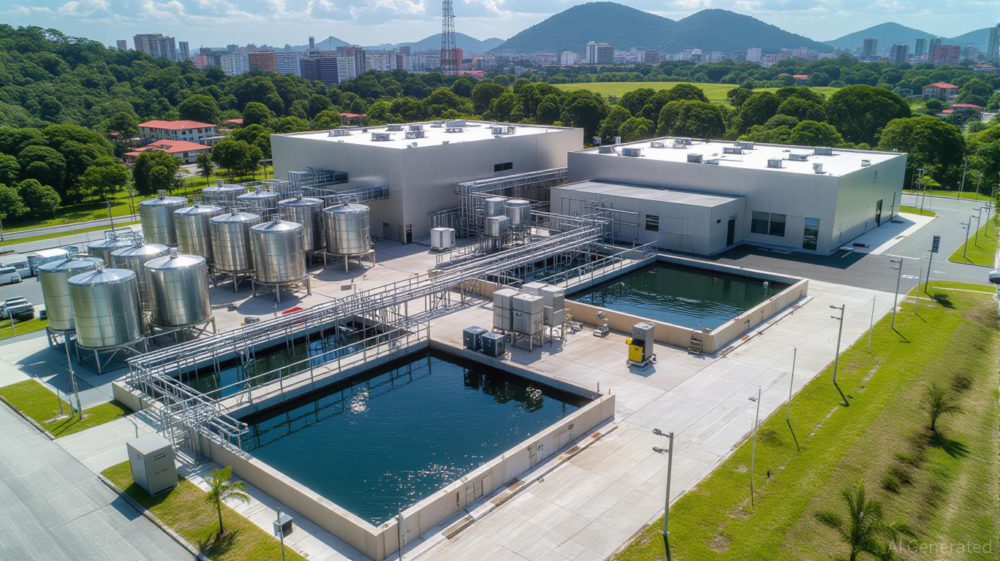To maximize energy storage, the group developed a novel method of depositing a thin layer of PANI onto a forest of conductive carbon nanotubes. This composite material makes an excellent supercapacitive electrode, but the fact that it is made up of different materials makes it difficult to separate and fully understand the complex processes which occur during charging and discharging. This is a problem across the field of pseudocapacitor development.
To tackle this problem, the researchers adopted a technique known as the Distribution of Relaxation Times. This analysis method allows scientists to examine complex electrode processes to separate and identify them, making it possible to optimize fabrication methods to maximize useful reactions and reduce reactions that damage the electrode. The technique can also be applied to researchers using different materials in supercapacitor and pseudocapacitor development.
“The future of global energy use will depend on consumers and industry generating, storing and using energy more efficiently, and supercapacitors will be one of the leading technologies for intermittent storage, energy harvesting and high-power delivery,” Ash Stott, the lead scientist on the project, said in a media statement. “Our work will help make that happen more effectively.”
According to Stott, if supercapacitor development moves forward, they could also be the answer to charging electric vehicles much faster than is possible using lithium-ion batteries.
“Following on from world leaders pledging their support for green energy at COP26, our work shows researchers how to accelerate the development of high-performance materials for use as energy storage elements, a key component of solar or wind energy systems,” Ravi Silva, co-author of the study, said. “This research brings us one step closer to a clean, cost-effective energy future.”




